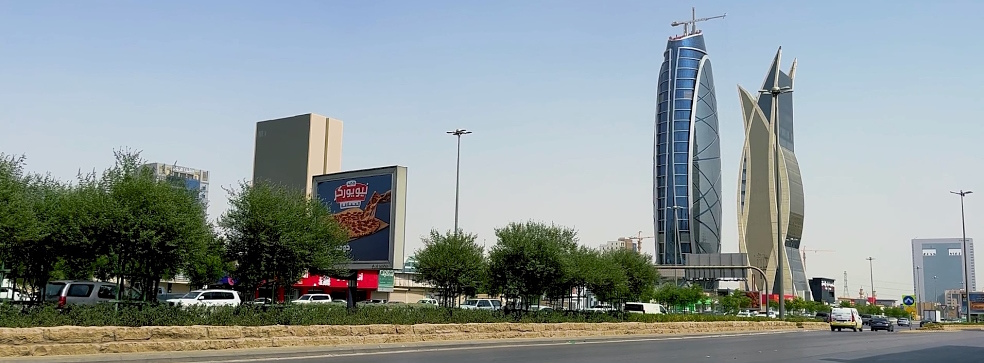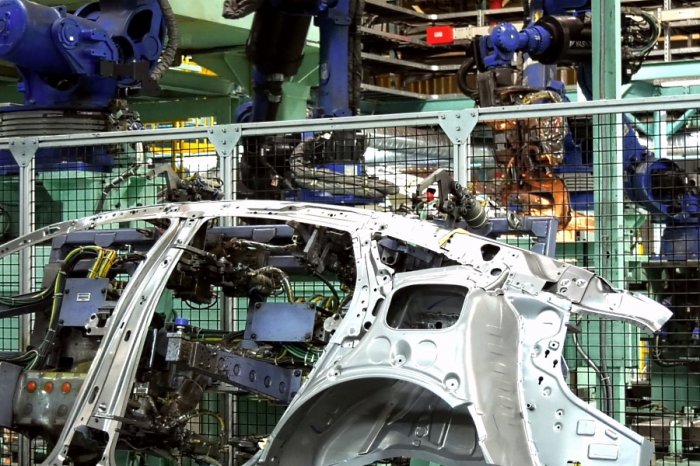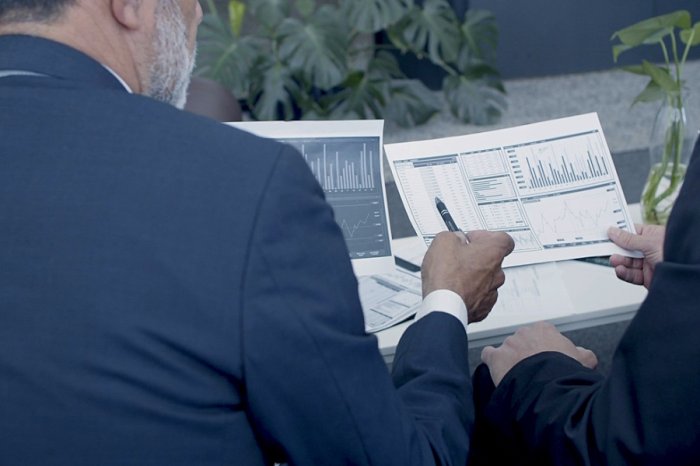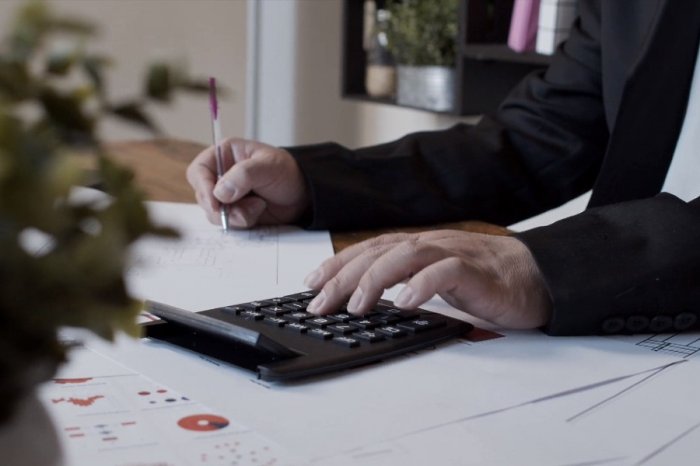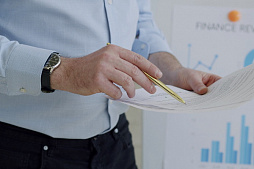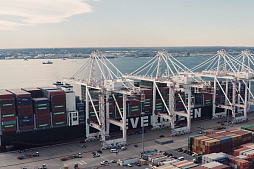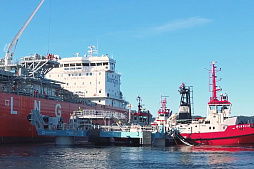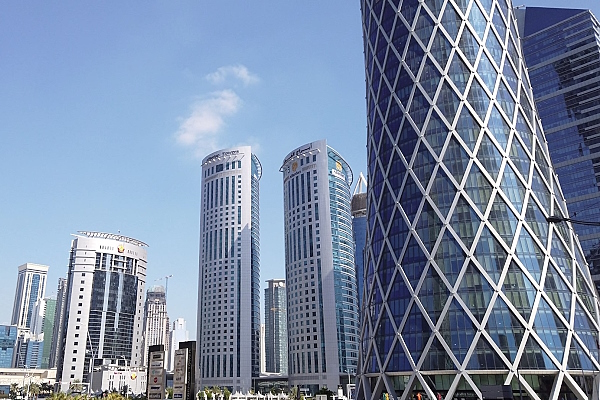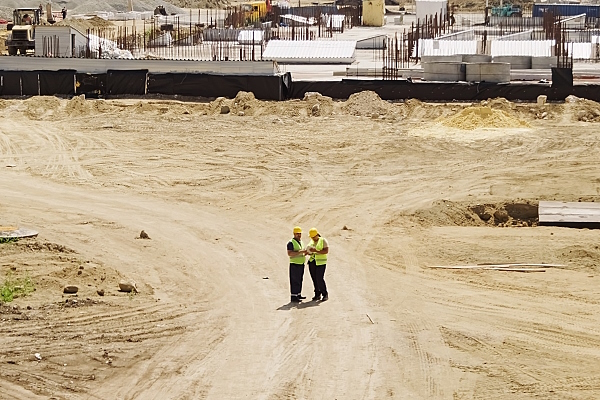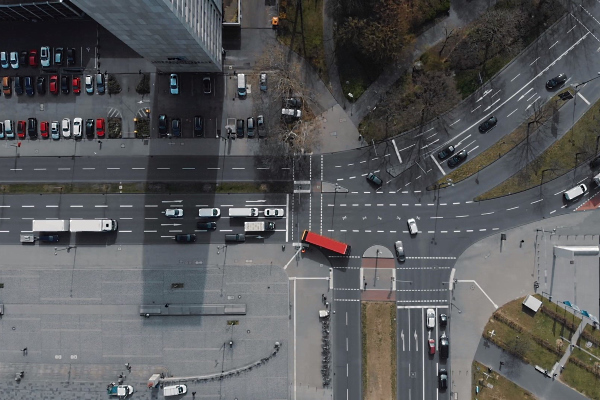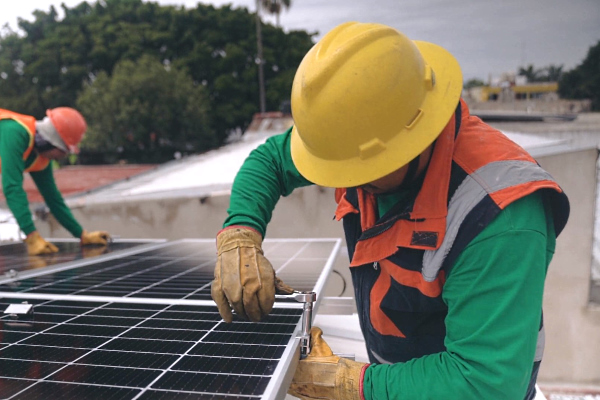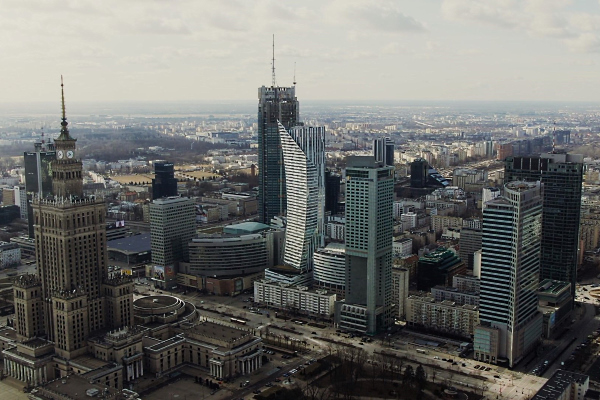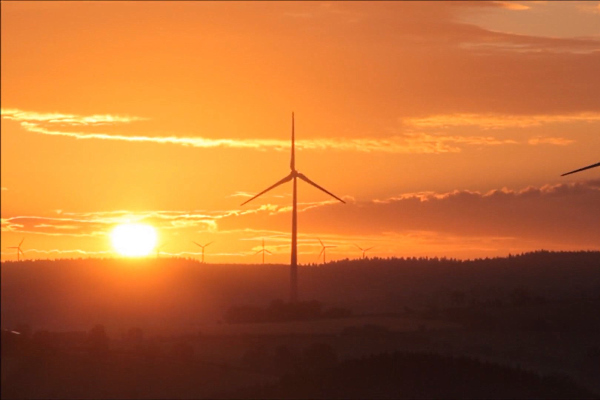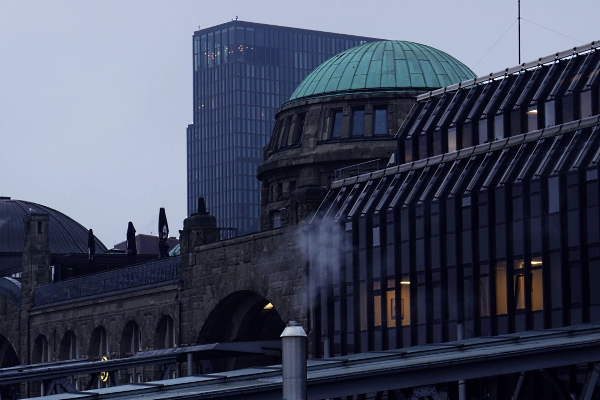After receiving the necessary documents (application form and project presentation), our team will try to review your request as soon as possible, and leading experts will offer the best options for project funding.
These projects can encompass a wide range of endeavors, from commercial buildings and residential complexes to extensive infrastructure developments like highways, airports, and power plants.
Despite some difficulties in European economies, this year brought many exciting projects in the USA, Saudi Arabia, India, China, Japan, UK and other countries.
Some of these business ideas are valued at eye-watering $170, $250 and even $500 billion, highlighting the growing need for long-term capital and flexible financial models among the governments and world's leading companies.
Key aspects of these huge investments include project selection, capital allocation, due diligence, risk management, financing, regulatory compliance, market analysis, sustainability considerations, exit strategies, and stakeholder engagement. Large construction projects offer potential for high returns but also come with inherent risks and complexities, making careful planning and execution essential for success.
It is difficult to overestimate the role of financial intermediaries and professional consultants in the success of these global business ideas.
In this article, we bring to your attention the top-7 largest investments in construction projects of various types that debuted in 2023.
If you are interested in project finance and long-term lending for a large project, including loan issued by private investment company, contact our team. We are ready to provide comprehensive financial and consulting assistance to your business around the world.
NEOM City (Saudi Arabia) - $500 billion
This construction project can be called historic, since it involves an unprecedented investment of half a trillion dollars.Situated in the northwestern region of Saudi Arabia, the futuristic city of NEOM boasts a varied climate, presenting its inhabitants with the delightful juxtaposition of sun-drenched beaches and majestic mountains. This distinctive setting not only promises an elevated quality of life for its residents but also stands as a guardian of the pristine natural beauty of its surroundings, conserving a staggering 95% of the native landscape.
The construction site is located in a cooler area compared to GCC countries, and the urban area includes more than 40 islands for development. The total area of the future city is 26,500 square kilometers, which is comparable to countries such as Israel or North Macedonia.
In addition to being a fantastic tourist destination and an important economic and business hub, NEOM is planned as a giant green hydrogen factory built entirely on renewable energy sources and sustainable technologies. In 2026, it is planned to accommodate 450 thousand residents, and at the end of the decade, NEOM will be inhabited by several million people.
Local industry 4.0 will be built on the principles of a circular economy, providing companies from all over the world with unique opportunities for development.
Today, 8,700 supplier companies and contractors participate in the NEOM project.
It is possible that many of these companies will in the future take advantage of the new industrial site with its technological and logistics capabilities.
Another advantage of the city will be food independence, which will be ensured by numerous greenhouse farms, vertical farming and biotechnologies. In addition to innovative transport infrastructure (including a high-speed train that travels 170 kilometers along the LINE city-skyscraper in 20 minutes), traditional public transport will be partially replaced by volocopters.
Today, work on the incredible construction project is in full swing, and investors are ready to soon breathe life into the desert on the shores of the Red Sea. It is already clear today that a corner of the future is growing before our eyes, which will offer humanity fundamentally new models of everyday living, energy supply, production, logistics, education, healthcare and finance.
Dholera Solar Park (India) – $170 billion
The Dholera Solar Park represents a visionary solar project within the Dholera Special Investment Region (DSIR) of Gujarat.Acknowledged as an Ultra Mega Solar Power Project by the Ministry of New and Renewable Energy, it aspires to reach an impressive 5000 MW capacity by 2030.
Notably, the green light for this endeavor came in April 2018 when the Chief Minister of Gujarat granted approval. As of 2023, this project was into its active phase, forging ahead with its development.
Nestled in the heart of Gujarat, the Dholera Solar Power Plant emerges as a prominent contender among the world's largest solar installations. 11,000 hectares of previously unused land, under the ownership of the Gujarat State Government, has been earmarked for the solar plant's construction. Employing a dynamic approach, it harmoniously integrates stationary and tracking solar panels, optimizing solar energy capture during daylight hours.
A core element of its electrical infrastructure is the so-called central inverter system, seamlessly bridging the transition from DC to AC, facilitating its integration into the national electrical grid.
However, the magnitude of this undertaking has not been without its problems. The ambitions of the project initiators necessitated the meticulous relocation and installation of tens of thousands of solar panels, inverters, transformers, and an extensive array of heavy-duty machinery across uneven and sprawling terrain.
In response to these challenges, the engineering team deployed advanced geospatial technology, meticulously mapping the site and engineering an optimal layout.
In order to facilitate the transportation of heavy machinery, an intricate network of highways and tracks was painstakingly crafted. Furthermore, the project adopted cutting-edge methodologies to curtail water consumption and refine energy output, ultimately rendering the plant exceptionally efficient while minimizing its ecological footprint. As the Dholera Solar Park continues to evolve, it stands as a testament to the potential of sustainable energy generation on a grand scale.
The Gulf Railway (GCC) - $250 billion
Another incredibly expensive infrastructure facility from our ranking of the top-7 largest investments in construction projects is also located in the Persian Gulf region.The Gulf Railway, or GCC Railway, is a railway project designed to cover Bahrain, Kuwait, Oman, Qatar, Saudi Arabia, and the United Arab Emirates. Envisioned to span a total distance of more than 2 thousand kilometers, this expansive railway initiative is projected to require an investment of approximately $250 billion.
The Gulf Railway project was approved by Gulf Council Countries (GCC) at the 30th summit in Kuwait City in 2009.
It was scheduled to be completed by 2025.
Each of the six member states within the GCC holds the responsibility for executing the segment of the project that falls within its geographical jurisdiction. In this capacity, they are tasked with the development of their own railway lines, including associated branches, stations, and freight terminals. The financial burden of this endeavor is distributed among the participating nations in alignment with the respective length of the rail network within their borders.
The project has encountered significant obstacles stemming from financing difficulties exacerbated by the volatility of oil prices, as well as a lack of alignment of interests among the six participating GCC states.
The anticipated project completion date remains shrouded in uncertainty, primarily due to the absence of a clear consensus regarding the precise scope and operational framework.
The Gulf Railway, when operational, is projected to create more than 80,000 direct and indirect jobs, according to the GCC Chambers of Commerce and Industry. Diesel locomotives will be the propulsion of choice for the GCC Railway, with passenger trains achieving speeds of 220 km/h. This railway is anticipated to enhance intra-GCC trade by providing crucial freight transport services. Facilitating visa-free entry among GCC nationals, it is set to promote unrestricted movement within the GCC, offering seamless travel from Kuwait to Oman.
Jubail II Industrial City Expansion (Saudi Arabia) - $80 billion
Jubail Industrial City, a city that took shape over three decades ago, is poised for a monumental transformation, doubling in size.New Jubail II construction project, an undertaking of staggering proportions, surpassing the $80 billion mark in infrastructure investments alone, is destined to earn its place as the world's most colossal civil engineering endeavor. This multibillion-dollar industrial metropolis harbors a noble mission to elevate society and bolster the petrochemical sector.
In the proposed transportation infrastructure, a six-lane motorway will seamlessly bridge Jubail to Dammam, serving as the center of this ambitious venture. This thoroughfare takes on the pivotal role of the project's primary commercial hub, facilitating robust and efficient connectivity among all project facets. The network of roads and paths in the small towns and sub-regions of the project is a testament to its careful planning and implementation.
Over the course of the construction period, an astounding 850 kilometers of roads and 60 bridges were meticulously erected, epitomizing the project's monumental scale and ambition.
Let us remind you that the city itself contains hundreds of industrial sites, a propane dehydrogenation complex (PDH) and polypropylene (PP), water desalinization plants, residential complexes, an international airport and other infrastructure to serve local industry.
It is obvious that the new investment project will greatly increase the efficiency of the unique production complex and associated infrastructure.
South-North Water Transfer Project (China) - more than $80 billion
The South–North Water Transfer Project, a unique construction project to change the direction of major river, was launched in China back in 2003.Its ultimate objective lies in the redirection of about 45 billion cubic meters of freshwater each year, sourced from the southern reaches of the Yangtze River, to the drier and industrially developed northern regions, a feat accomplished through the intricate interplay of three meticulously designed canal systems.
Today, this project, which is changing the nature and agriculture of the region, is at an active stage of construction. Completion of these works is scheduled for 2050, when the canal should reach its maximum design capacity. The large-scale and unusually lengthy project was conceived during the time of Mao Zedong in the early 1950s, but Chinese engineers only reached its practical implementation at the beginning of the next century.
The final cost of the project raises questions, but it is known that during the first ten years of construction, the authorities spent the equivalent of $79 billion. It is obvious that in recent years the estimate has increased significantly, and the completion of all phases of the project is planned only in a couple of decades.
In addition to displacing more than 330 thousand residents, the change in the natural flow of rivers raises serious concerns about long-term environmental consequences.
Regardless of the final cost of this ambitious undertaking, the South-North Water Transfer Project, based on current financial figures, already occupies a worthy place in the new ranking of the top-7 largest investments in construction projects.
The Grand Paris Express (France) - $45 billion
The Grand Paris Express is the largest ongoing transportation development project in France, being built by Societe du Grand Paris (SGP).It will provide daily services to three million citizens.
The project comprises four new lines for Paris Métro, plus extensions of existing Lines 11 and 14.
The expected cost of the new metro development as part of these construction projects is about $45 billion, of which 30% is being provided by the French government through SGP, and the other 70% by the local governments in the form of targeted taxes, subsidies, and loans.
A total of 200 kilometers of new track and 68 new stations are to be added, serving a projected 2 million passengers every day. By giving easy access to city facilities and attractions via swift and comfortable transportation, the project is anticipated to revolutionize travel within Paris.
The new lines were originally indexed by color (Red Line, Pink Line, Green Line), but this changed in 2013 to continue the numbering convention that the RATP uses. The new lines are therefore now known as 15, 16, 17, and 18. They are planned to open in stages, starting with the Line 11 extension in 2024 and through 2030. By 2050, 14.2 million tonnes less carbon dioxide emissions are anticipated as a result of these construction project phases.
Green Riyadh (Saudi Arabia) - $23 billion
The Green Riyadh construction project stands as a monumental endeavor in the realm of urban forestation and is recognized as one of the most ambitious initiatives of its kind on a global scale.Its significance extends beyond mere urban development, as it plays a pivotal role in advancing a fundamental objective outlined in the Saudi Vision 2030 – that of elevating Riyadh to a position among the world's top-100 most livable cities.
A very important feature of the metropolis will be the planting of several million trees, planned according to a special scheme. This project boasts a multitude of far-reaching benefits, including a notable reduction in ambient temperatures, particularly during the scorching summer season, by a substantial 20С. In the densely afforested areas within the city, temperatures are expected to witness even more dramatic drops, ranging from 8 to 150С.
Moreover, Green Riyadh holds the potential to enhance air quality significantly, with an anticipated reduction in CO2 concentration up to 6%.
Additionally, the project aims to combat the issue of airborne dust concentration, further improving the overall environmental conditions within the city. Green Riyadh is poised to make a substantial impact on energy efficiency, with an estimated reduction of annual power consumption by a staggering 650 GW/hour. This impressive achievement will be facilitated through the adoption of Green Building techniques, including the incorporation of green ceilings and walls into urban structures, setting a new standard for sustainable and eco-friendly urban development.
The utilization of recycled water from the irrigation network, a vital component of these construction initiatives, will play a pivotal role in sustaining the lush landscaping while fostering resource sustainability. Simultaneously, the greening efforts within these projects are poised to not only elevate the city's air quality but also usher in a notable reduction in temperatures.
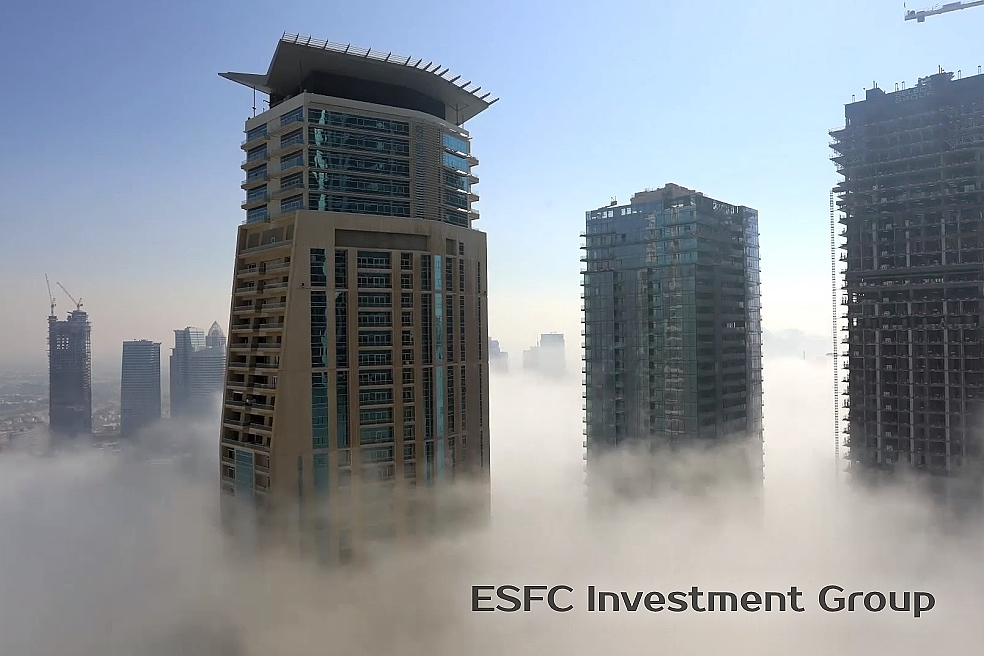
If you are planning to implement a large investment project and are looking for long-term financial solutions, contact our team for advice.
For more information please contact us.



